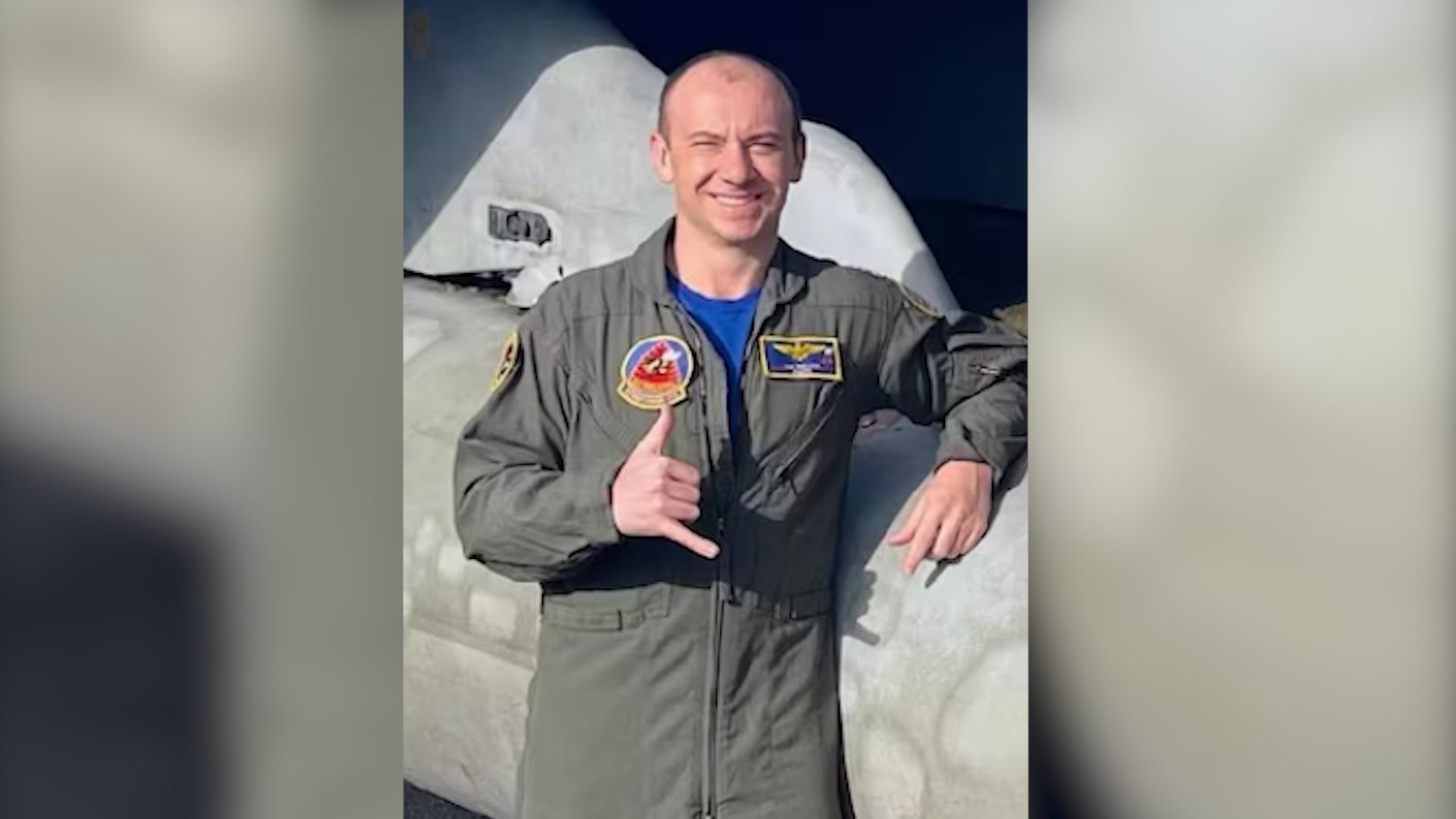WASHINGTON — The Army is on a path to use space sensors to help its artillery see and shoot well beyond current capability.
The service has already wrapped up an effort to achieve this capability, which took place in Europe in February and March, Gen. Mike Murray, Army Futures Command commander, told reporters in a media call. Murray was discussing how Army modernization would proceed despite COVID-19 social isolation measures in April.
The Army will continue to build upon these early successes tapping into space assets to help guns on the ground hit long-range targets, an Army spokesperson told Defense News in a written statement.
Conducted through Futures Command’s cross functional team in charge of Assured Position, Navigation and Timing (A-PNT), the service was able to link space sensors with shooters in live-fire demonstrations in Grafenwoehr, Germany, on three separate occasions with the latest on March 23, the spokesperson wrote.
Over the course of the demonstrations, the team “successfully sensed and hit targets at ranges beyond line of sight using satellite capabilities that have not been accessible to ground forces until now,” the spokesperson said. The exercise showed the “Army’s ability to engage and defeat time sensitive targets with timely and accurate fires anywhere on the battlefield.”
Tapping sensors that can help guide missiles and munitions to targets deep into the battlefield is critical to the Army’s future long-range precision fires capability and key to operating across multiple domains. But achieving such distances requires connecting sensors and shooters that have never worked together before.
Long-Range Precision Fires (LRPF) is the Army’s top modernization priority as it plays a critical role in the future battlefield and will be a centerpiece in the service’s future Multi-Domain Operations doctrine currently in development.
The LRPT cross functional team will continue to push the capabilities to far greater ranges than previously capable or than those distances previously allowed prior to the United States’ withdrawal from the Intermediate-Range Nuclear Forces Treaty in 2019.
During the initial live-fire demonstrations, a unit conducted an operation using the weapons and ammunition associated with their mission — in this case the Army integrated the capability with the Multiple Launch Rocket System (MLRS) and the M777 howitzer.
The demonstrations used high explosive rounds equipped with a precision guidance kit fuze fired from the M777 howitzer or MRLS launcher. The Advanced Miniaturized Data Acquisition and Dissemination Vehicle accessed various sensors and target data was transmitted through the Joint Automated Deep Operations Coordination System and the Advanced Field Artillery Database System for the technical and tactical fire direction processes, the spokesperson detailed.
The demonstrations gave “insight” into current capabilities “and their ability to link in novel ways to provide a capability down to the division operational level of combat,” the Army spokesperson said.
Originally, pre-pandemic, the Army had planned to work on the capability throughout the scaled-back Defender Europe 2020 exercise using space-based sensors to pursue deep targets that “have not been responsive to ground forces until now,” according to the spokesperson.
The APNT team will build upon the demonstrations by finding ways to reduce the sensor-to-shooter timeline to meet capability needs in the future anticipated operating environments.
Ultimately, the Army will integrate the capability into the future Extended Range Cannon and a “full suite of Army fires platforms.” The ERCA cannon has already reached ranges of roughly 40 miles in recent tests at Yuma Proving Ground, Arizona.
The service also plans to begin integrating with aviation platforms, the spokesperson said.
The demonstrations are feeding into a “targeting process multi-domain operational strategy,” according to the spokesperson.
The Army also plans to work on an architecture that connects both kinetic and non-kinetic assets from across joint, interagency and multinational partners.
Jen Judson is an award-winning journalist covering land warfare for Defense News. She has also worked for Politico and Inside Defense. She holds a Master of Science degree in journalism from Boston University and a Bachelor of Arts degree from Kenyon College.




